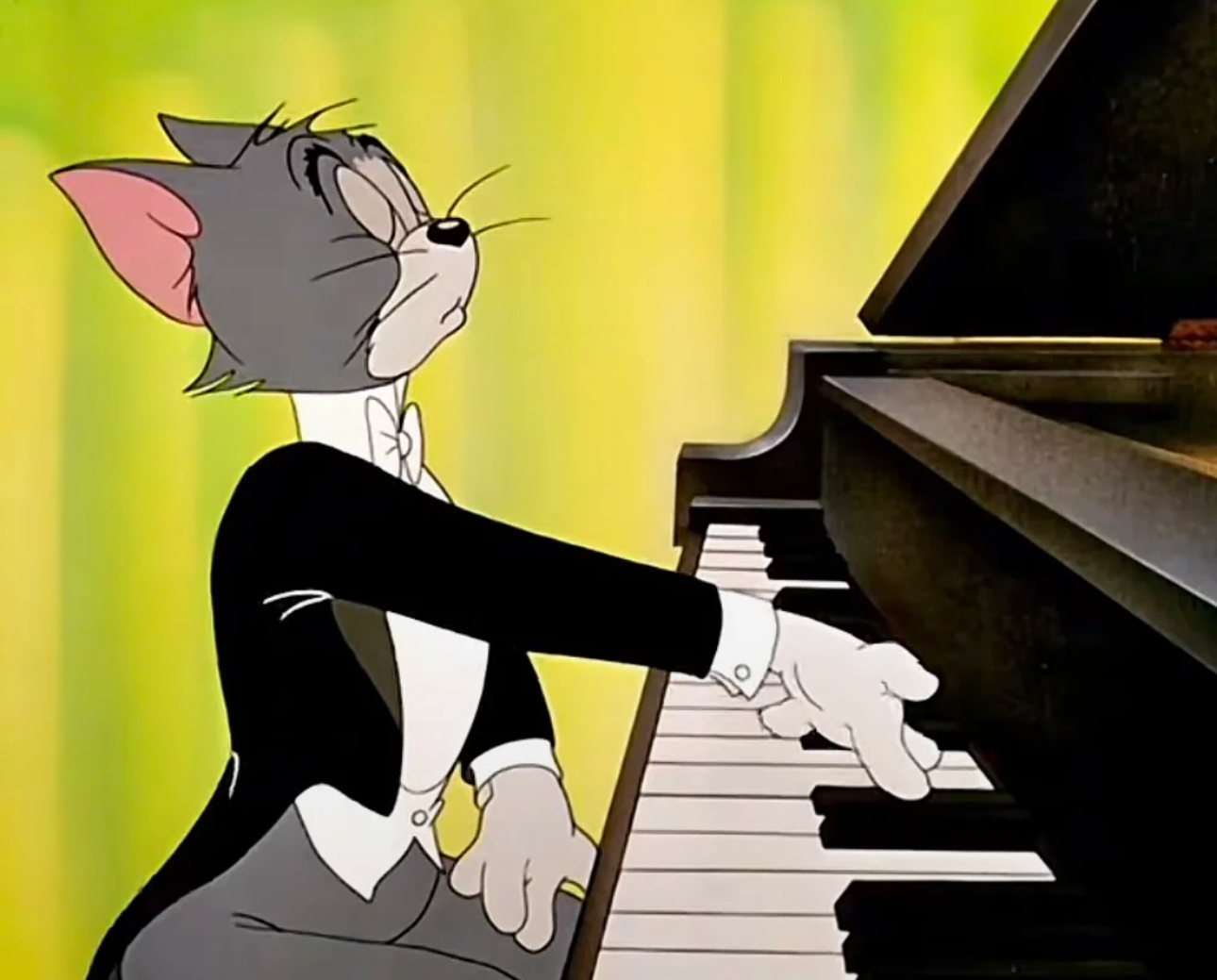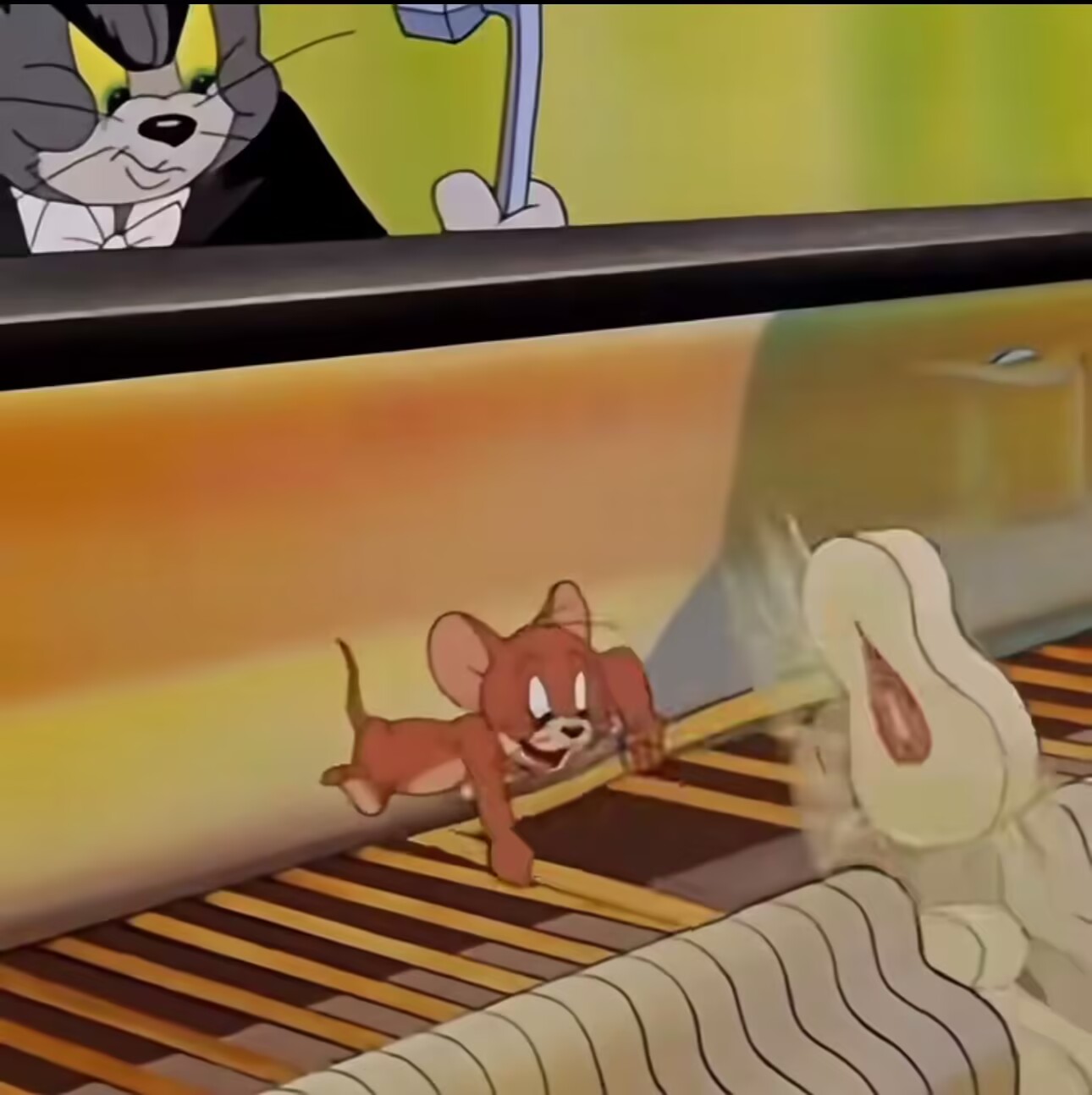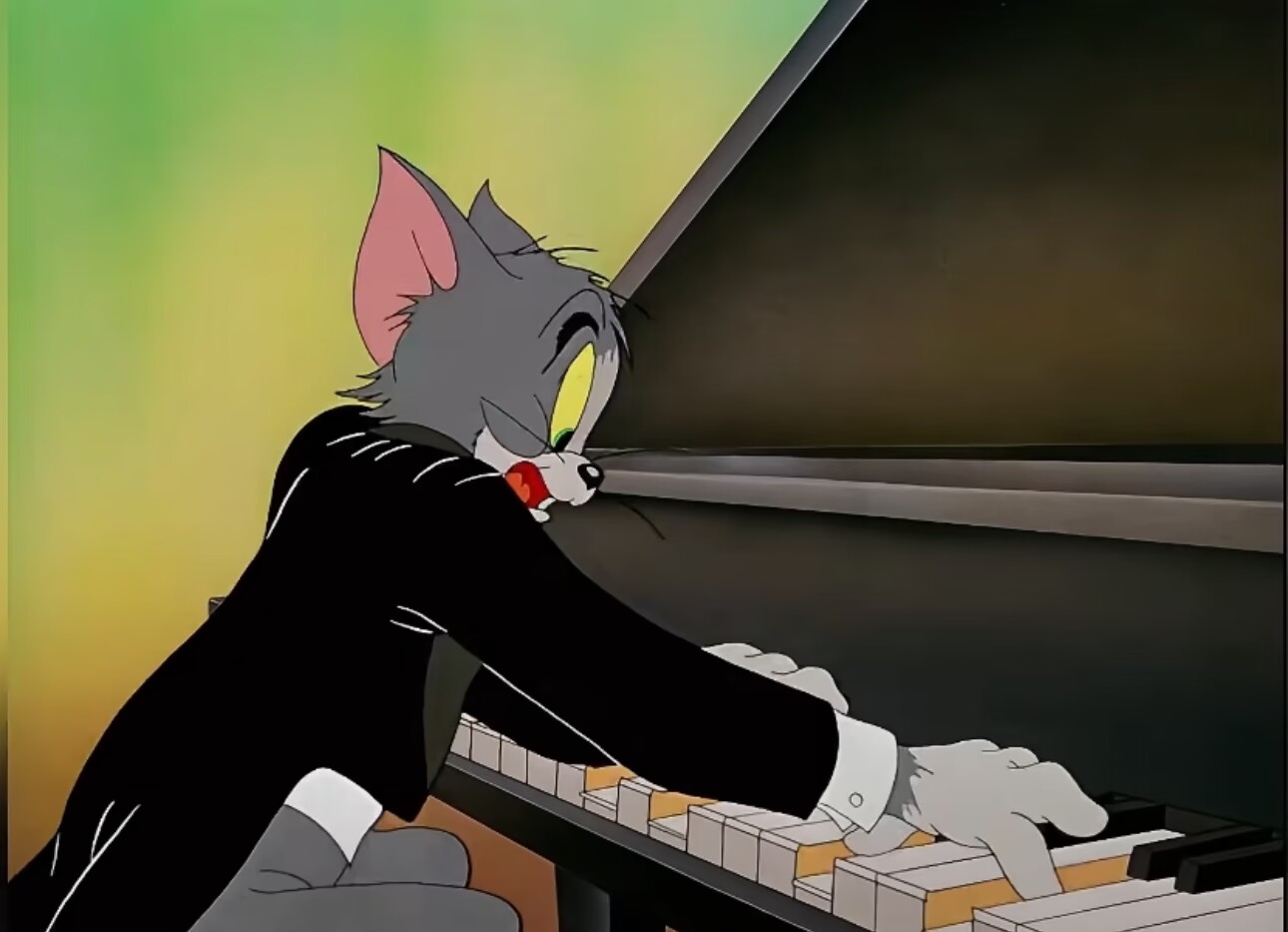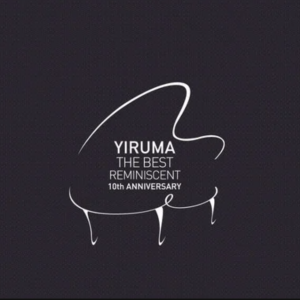Introduction: When Cartoons Meet Classical Genius
No other animated duo synchronized classical piano with chaotic comedy as precisely as Tom and Jerry. Among its most iconic episodes, The Cat Concerto (1946) stands out—not just for its hilarious antics but for its brilliant use of Franz Liszt’s Hungarian Rhapsody No. 2. For piano enthusiasts, this episode is a treasure trove of musical craftsmanship, offering both entertainment and a surprising depth of classical interpretation.
If you’re a piano lover looking to play this piece yourself, you’ll find the piano sheet music for Liszt’s masterpiece readily available. Websites like SheetMusicGo offer a variety of classical sheet music, including free and premium arrangements of this iconic composition.

Tom & Jerry: The Piano-Smashing Duel
The episode opens with Tom, dressed as a concert pianist, bowing before an audience and sitting at a grand piano. Tom’s grand performance begins with a flourish… until the camera uncovers Jerry, napping peacefully right in the instrument’s sonic warzone! The vibrations wake him up, and what follows is a battle of wits—Jerry’s mischief disrupts Tom’s performance, yet somehow, the music continues flawlessly.
Tom’s fingers race across the keys, executing rapid octaves and arpeggios, while Jerry dances on the hammers, gets trapped under the keys, and even turns the piano into a trampoline. The genius of the animation lies in its synchronization—every slapstick gag aligns perfectly with the music’s rhythm, making it a masterpiece of timing and musicality.
For pianists, this episode is a fun yet humbling reminder of the piece’s technical demands. If you’re inspired to try it yourself, SheetMusicGo’s piano classical sheet music collection includes Liszt’s original version, as well as simplified arrangements for intermediate players.

The Music: Liszt’s Hungarian Rhapsody No. 2
Composition and Historical Context
Franz Liszt composed his Hungarian Rhapsody No. 2 in C-Sharp Minor in 1847, drawing inspiration from Hungarian folk melodies (verbunkos). The piece is part of a set of 19 rhapsodies, but No. 2 remains the most famous, thanks to its dramatic contrasts—slow, melancholic lassan sections followed by frenetic, virtuosic friska passages.
Liszt, a showman himself, designed this piece to dazzle audiences with technical demands: rapid octaves, thundering chords, and intricate fingerwork. It’s no surprise that Tom’s exaggerated performance mirrors the flamboyance of a 19th-century piano virtuoso.
Musical Analysis in The Cat Concerto
The piece consists of four main sections:
- Lassan (Slow Introduction) – A dramatic, improvisational opening with dotted rhythms and ornamental flourishes.
- Friska (Fast Section) – A whirlwind of virtuosic runs, leaps, and repeated notes, requiring immense finger agility.
- Presto (Even Faster Climax) – The most technically demanding part, featuring rapid octaves and hand-crossing.
- Grand Finale – The piano erupts in a seismic clash of keys, sealing their musical battle!
Tom’s performance in The Cat Concerto primarily covers the friska and presto sections, which are the most visually dynamic. If you’re looking for free sheet music to practice these segments, SheetMusicGo’s Liszt collection provides both the full version and simplified excerpts.

Why This Piece Works in Animation
The choice of Liszt’s rhapsody wasn’t arbitrary—its structure lends itself perfectly to visual storytelling:
- Exaggerated Dynamics: Like a conductor's baton, dynamic contrasts orchestrate the cartoon's comic timing.
- Repetition: Certain motifs repeat, allowing recurring jokes (e.g., Jerry popping up on the same note).
- Virtuosic Flair: Tom’s over-the-top gestures mimic the theatricality of Romantic-era performers.
Interestingly, the same piece was used in a rival cartoon (Rhapsody Rabbit by Warner Bros.), leading to accusations of plagiarism. The Cat Concerto ultimately claimed its legendary status in animation history through its impeccable synchronization and masterful comedic pacing.
Playing Like Tom: How to Approach This Piece
1. Start with the Basics
Before diving into the full piano sheet music, familiarize yourself with the melody and rhythm. The friska’s main theme is catchy but requires precise articulation.
2. Break It Down Technically
- Stretching the Scales – Tom’s paws fly across the keys in a comical, over-the-top performance!
- Arpeggios – The swirling runs demand flexible wrists.
- Dynamic Contrast – The piece shifts between thunderous fortissimos and delicate pianissimos.
Pre-learning melodies using Roblox piano sheets can improve familiarity and facilitate subsequent musical study.
3. Use Learning Resources
For Modern Learners:
Explore Roblox piano sheets on SheetMusicGo!
Click to auto-play and preview melodies instantly.
You can play along using your computer's keyboard or our built-in virtual piano.
For Traditional Learners:
Get instant access to downloadable classical free sheet music from SheetMusicGo for offline study.
Perfect for all styles—start playing your way today!
Conclusion: Why This Piece Still Captivates Pianists Today
The Cat Concerto immortalized Liszt’s Hungarian Rhapsody No. 2 in classical culture, proving that classical music can be both entertaining and technically awe-inspiring. For piano enthusiasts, learning this piece is a rite of passage—a test of speed, dexterity, and musical expression.
Whether you’re using piano sheet music from SheetMusicGo, experimenting with Roblox piano sheets, or simply enjoying the animation’s genius, this piece remains a thrilling challenge. So, sit at your piano, channel your inner Tom (minus the mouse-induced chaos), and let Liszt’s masterpiece come to life under your fingers.
Happy practicing!












